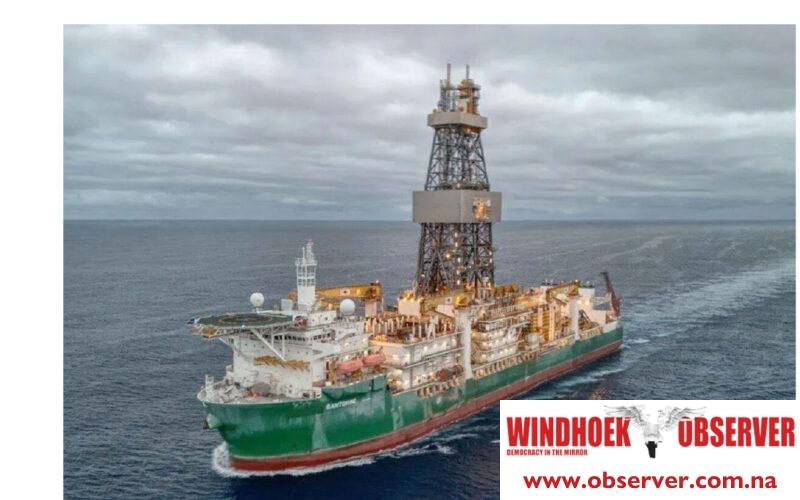Allexer Namundjebo
Over N$56 billion of Namibia’s recent Foreign Direct Investment (FDI) inflows have gone beyond oil and gas.
This, according to Deputy Minister of International Relations and Trade, Jenelly Matundu, highlights a strong interest in sectors like tourism, agribusiness, and digital technology.
Matundu was speaking at the launch of Namibia’s first-ever FDI Report, released by the Bank of Namibia (BoN) and the Namibia Investment Promotion and Development Board (NIPDB) on Tuesday.
Matundu said the report reflects Namibia’s commitment to economic transparency. “This publication is not just a compilation of data. It symbolises our commitment to economic transparency and presents a credible, data-informed picture of our investment landscape,” Matundu said.
Matundu pointed to projects like Namibia Berries in Divundu and the Cleanergy hydrogen pilot in Walvis Bay, which are examples of FDI creating jobs and improving Namibia’s competitiveness.
However, she noted that nearly 70% of FDI remains focused on capital-intensive sectors, and she called for a shift to labour-intensive industries like tourism, agribusiness, and light manufacturing to address unemployment.
“We must now focus on attracting FDI that creates jobs and builds local value chains. Internal bottlenecks such as land access, permit delays, and policy uncertainties must be addressed urgently,” Matundu added.
The report marks the result of a strategic partnership between the Bank of Namibia and NIPDB that was formalised through a memorandum of understanding (MoU) in April 2024..
The deputy governor of the Bank of Namibia, Ebson Uanguta, explained that the report is the outcome of this ongoing collaboration.
“This report is a direct result of the ongoing collaboration. It reflects joint analysis and a shared commitment to enhanced transparency of macroeconomic data,” Uanguta said.
Uanguta also highlighted the role of FDI in economic resilience, noting that it brings capital and spurs job creation, knowledge transfer, and market access.
Despite a global FDI decline of 8.4% in 2024, Namibia remains an attractive destination due to its stability, good governance, and natural resources.
Uanguta outlined the evolution of FDI in Namibia.
He pointed to modest inflows post-independence, a surge in investments from the late 1990s, and a boom in mining investments from 2009 to 2018.
Since 2021, Namibia has recorded a record-high N$114.9 billion in cumulative net FDI inflows, driven by discoveries in the Orange Basin.
The report confirms a recovery from a downturn between 2016 and 2020 when FDI outflows and mining losses hurt economic growth.
Positive investor sentiment and 14 consecutive quarters of economic growth reflect Namibia’s improved economic fundamentals.




